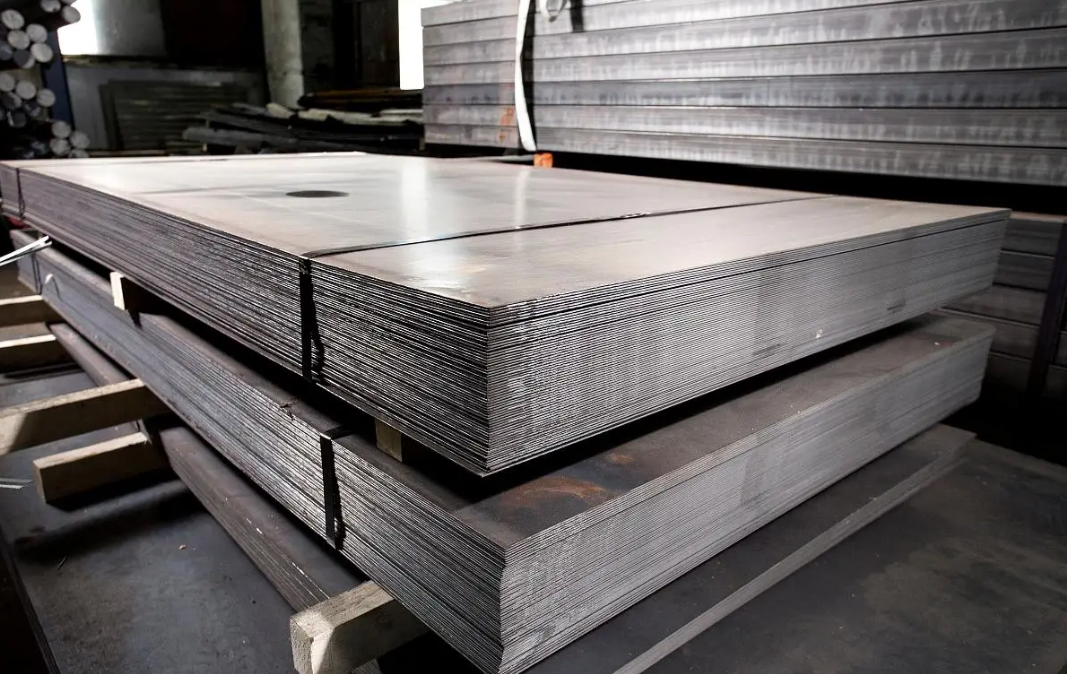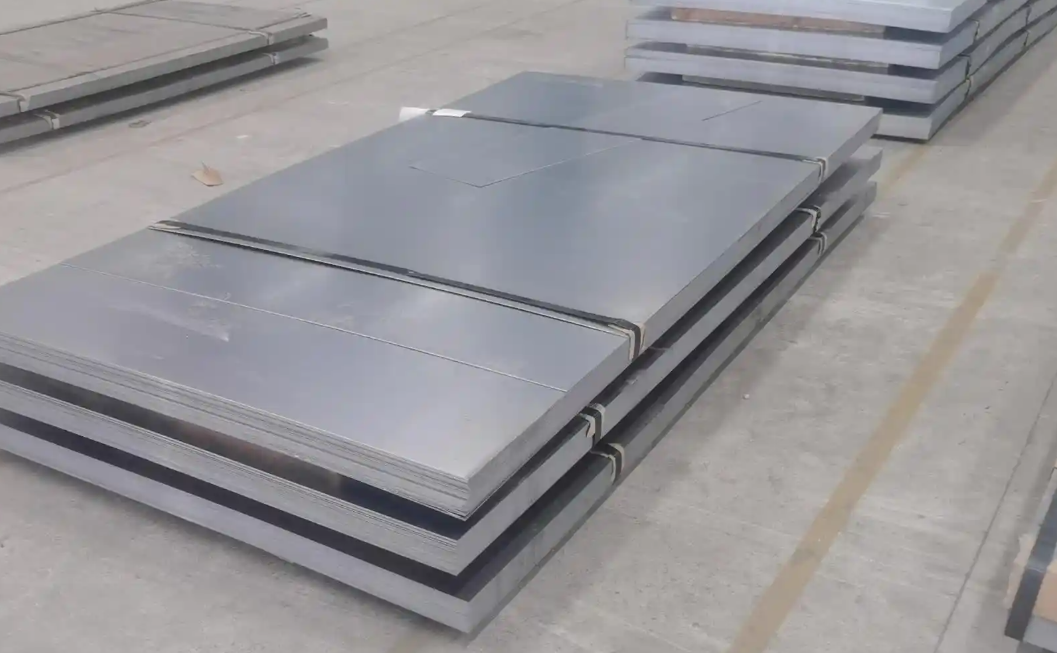Difference between hot-rolled and cold-rolled steel plates
The carbon content of hot-rolled steel plates may be slightly higher than that of cold-rolled steel plates. The density is the same when the composition is not much different. However, if the composition is very different, such as stainless steel, the density of cold-rolled and hot-rolled steel plates is about 7.9g/cm3. It depends on the composition. Hot-rolled steel plates are just more ductile, and the steel is also under pressure.

Hot-rolled steel plates are divided into structural steel, low-carbon steel, and welding bottle steel. Then, according to various steels, you can find the steel you need, and then check the density and composition of specific steels.
Hot-rolled steel plates have low hardness, easy processing, and good ductility.
Cold-rolled plates have high hardness and are relatively difficult to process, but they are not easy to deform and have high strength.
Hot-rolled steel plates have relatively low strength, poor surface quality (oxidation\low finish), but good plasticity, generally medium and thick plates, cold-rolled plates: high strength, high hardness, high surface finish, generally thin plates, can be used as stamping plates.
The production processes of hot-rolled steel plates and cold-rolled steel plates are different. Hot-rolled steel plates are rolled at high temperatures, while cold-rolled steel plates are rolled at room temperature. Generally speaking, cold-rolled steel plates have better strength, while hot-rolled steel plates have better ductility. The thickness of cold-rolled steel plates is generally smaller, while that of hot-rolled steel plates can be larger. The surface quality, appearance, and dimensional accuracy of cold-rolled steel plates are better than those of hot-rolled steel plates, and the thickness of its products can be rolled as thin as about 0.18 mm, so they are more popular. For product acceptance, professionals can be invited to conduct the inspection.
The mechanical properties of hot-rolled steel plates are far inferior to those of cold-processed steel plates, and are also inferior to forging processing, but they have better toughness and ductility.
Cold-rolled steel plates have a certain degree of work hardening and low toughness, but can achieve a good yield strength ratio. They are used to cold-bend parts such as spring sheets. At the same time, since the yield point is closer to the tensile strength, there is no foreseeability of danger during use, and accidents are prone to occur when the load exceeds the allowable load.

(1) Cold plates are processed by cold rolling, and the surface is free of oxide scale, which is of good quality. Hot-rolled steel plates are processed by hot rolling, and the surface has oxide scale, and the plate thickness has a difference.
(2) Hot-rolled steel plates have poor toughness and surface smoothness and are relatively cheap, while cold-rolled plates have good elongation and toughness, but are more expensive.
(3) Rolling is divided into cold-rolled and hot-rolled steel plates, with the recrystallization temperature as the distinguishing point.
(4) Cold rolling: Cold rolling is generally used to produce strips, and its rolling speed is relatively high.
Hot-rolled steel plates: The temperature of hot rolling is the same as the temperature of forging.
(5) The surface of hot-rolled steel plates without electroplating is dark brown, and the surface of cold-rolled steel plates without electroplating is gray. After electroplating, they can be distinguished by the smoothness of the surface. The smoothness of cold-rolled steel plates is higher than that of hot-rolled steel plates.
Post time: Dec-19-2024